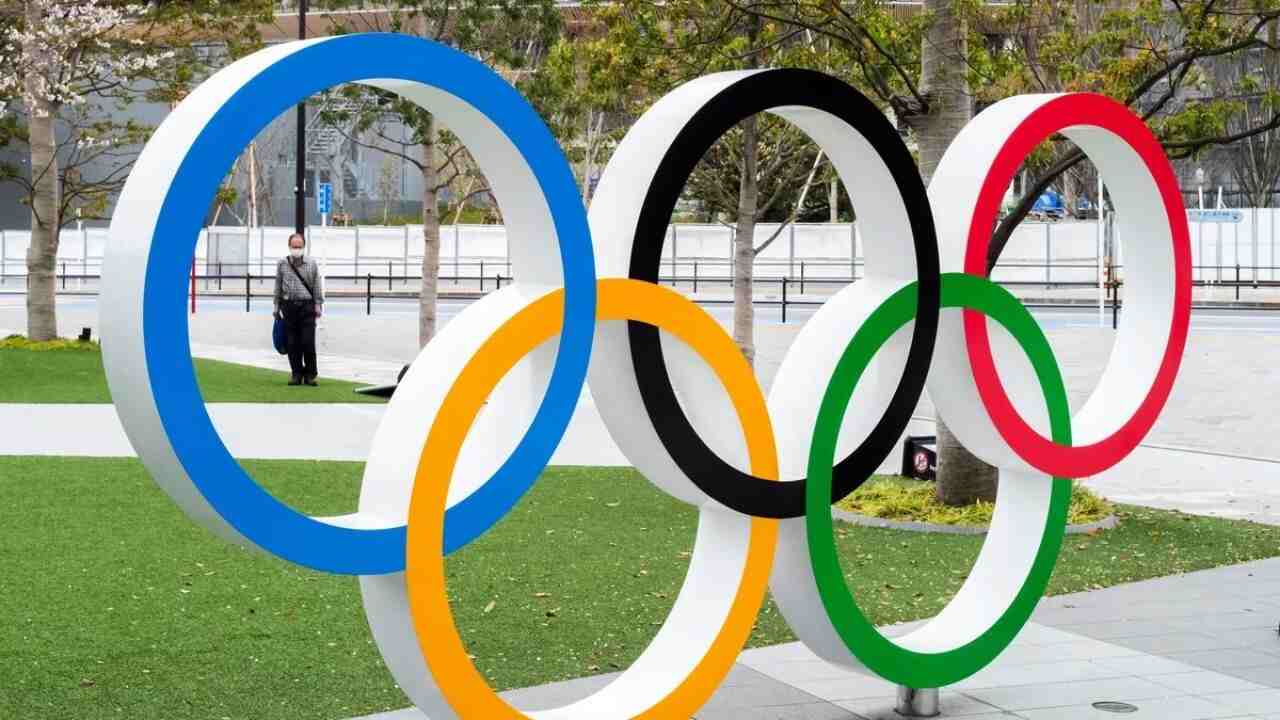Have a look at the size, weight and cost of the Paris Olympics 2024 medals
As preparations for the 2024 Olympic games begin, fans can check out more about his year’s Olympic medals designs as well as the origin and history of Olympics medals, and more below.
This year’s 2024 Olympic medals will include several odes to Paris and France in its design.
Paris Olympics 2024 medals cost, weight, size, gold quantity, materials, design, origin and history
This year’s competition will feature decorated athletes like gymnast Simone Biles and swimmer Katie Ledecky looking for more achievements while some athletes will be lookinh to win their first medals.
Olympic Games medals origin and history
The first Olympic medals were handed out during the first-ever modern Olympic Games in Athens in 1896. During the first Olympics, the winners received a silver medal, while the second placed teams won a bronze medal. The current tradition of gold, silver and bronze medals officially began in 1904 at the St. Louis Olympics.
2024 Paris Olympic medal design, shape, and weight
According to the official regulations from the International Olympic Committee, each medal should feature the following elements:
- Nike — the Greek goddess of victory — in front of the Panathinaikos Stadium
- The official name of the respective Games (“Jeux de la XXXIII Olympiade Paris 2024”)
- The Olympic five rings symbol
The Paris 2024 and Chaumet designed this year’s 2024 Summer Games medal. Notably, the medals contain a piece of original iron from the Eiffel Tower in the middle. The designers moulded the metal into a hexagon, which is the geometrical shape of France. Moreover, the gold medals also contain six grams of gold and weigh around 529 grams.
The back side of the medals includes Athena Nike emerging from the Panathenaic Stadium along with the Acropolis of Athens and Eiffel Tower both in the background. The ribbons of the medal will also feature the Eiffel Tower lattice work. All the medals will feature dark blue ribbons for the Olympics while it will be deep red for the Paralympics.
Reason behind Olympians biting their medals and origin
There really is no other special reason behind Olympians biting their medals except for getting a great pose for the cameras. According to David Wallechinsky, the president of the International Society of Olympic Historians:
“It’s become an obsession with the photographers. I think they look at it as an iconic shot, as something that you can probably sell. I don’t think it’s something the athletes would probably do on their own.”
Notably people started biting medals as a way of seeing whether they were real gold or just cheaper metal with gold plating. This is because gold is softer and more malleable than other metals. As such, biting an authentic solid gold medal would leave an indentation. However, today’s Olympic medals actually contain just over 1% of solid gold.
Value of Olympic medals
Many athletes in the past have opted to sell their medals. While the medals aren’t worth all that much on their own, they go up in value after being awarded to an Olympian. The value of a melted-down gold medal from the 2020 Summer Olympics were worth around $820. Notably, the gold medals at the 2018 PyeongChang Winter Olympics were worth just $555.
Notably, Ukrainian boxer Wladimir Klitschko managed to sell his gold medal from the 1996 Atlanta Olympics for about $1 million. Klitschko then donated the whole amount to a children’s charity. Meanwhile, Polish javelin thrower Maria Andrejczyk auctioned off her Olympic silver medal in 2021, for about $125,000. She used the money to help an infant from her country undergo heart surgery.



